A membrane keyboard is a type of keyboard that uses a flexible membrane instead of individual mechanical switches. These keyboards consist of three layers: the top layer, spacer layer, and bottom layer. When a key is pressed, it causes the top layer to come into contact with the bottom layer, which completes a circuit and sends a signal to the computer. Read More…
JN White is an ISO 9001:2015 and ITAR-certified manufacturer of membrane switches, graphic overlays, and custom labels. We nimbly handle projects big and small and have the uncommon ability to translate what our customers need into high-quality, high-precision outcomes.
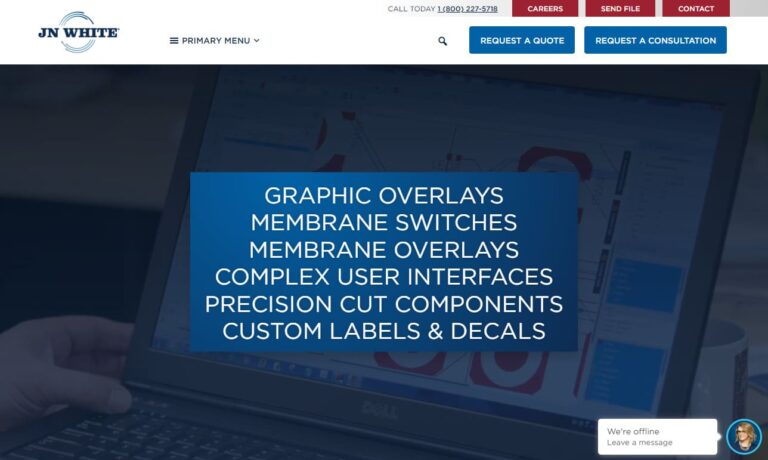
ECI Technologies is a leading designer and manufacturer of innovative membrane switches, graphic overlays and electronic interfaces. We can produce tactile and non-tactile switches and keypads, as well as add features such as backlighting and environmental protection. We also offer quick-turn prototype design and production. Since 1991, we have been serving industries such as industrial, medical, ...
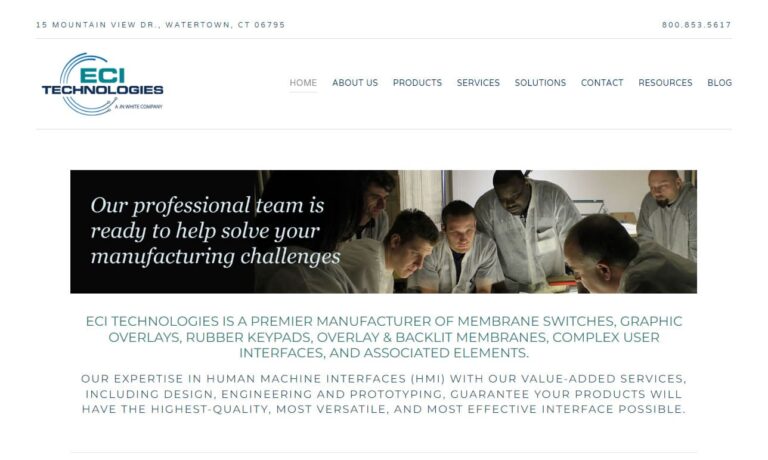
With over 30 years of experience, ALMAX is a leading manufacturer of membrane switch assemblies, printed/flexible electronics, and interactive technologies. Our engineering and manufacturing capabilities are implemented and trusted around the globe, and we're proud to offer our clients a complete range of services that meet the highest standards of quality and reliability.
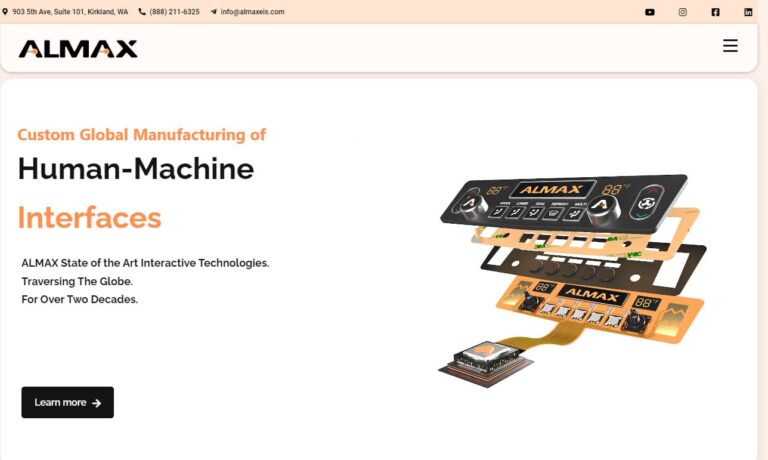
Established in 1982, we at CSI Keyboards, Inc. have been at the forefront of the industry, dedicated to crafting exceptional membrane keyboards, membrane switches, and keypads. Since our journey began, we have honed our expertise to become a leading force in the field. Our skilled team of professionals is passionate about pushing the boundaries of membrane switch technology, consistently...
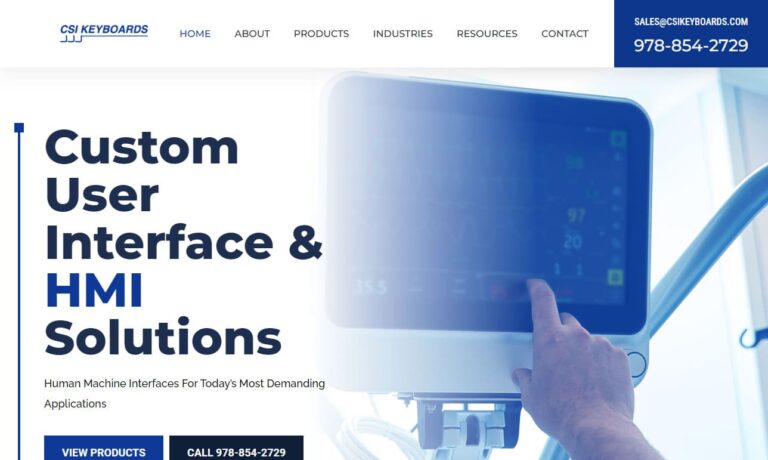
At New England Keyboard, we manufacture tactile switches and a variety of other products to help our customers in industries and companies around the world. We operate with integrity and the latest technologies so that our customers can succeed at all times. We believe in creating products that we can be proud of, and that you can too. Contact New England Keyboard today to learn more about us!
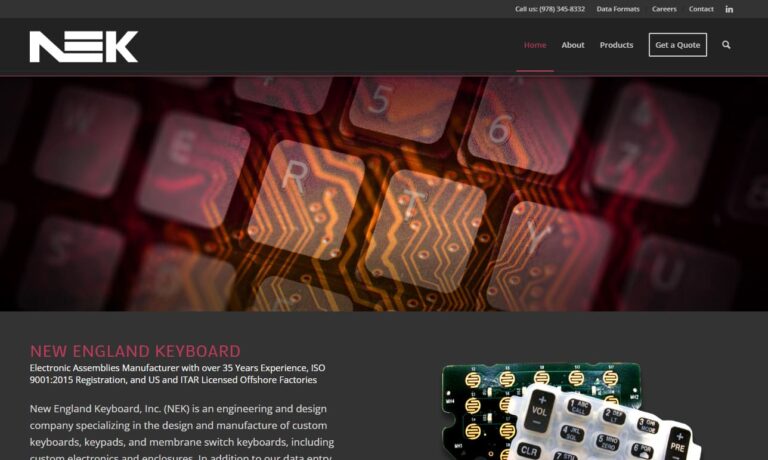
Tapecon works with product teams to improve market competitiveness through outsourced manufacturing solutions with expertise in specialized printing and converting, printed flexible electronics, and contract manufacturing of disposable devices for medical and industrial markets. Established in 1919, Tapecon is a 5 generation, family owned contract manufacturer based in Buffalo, New York.
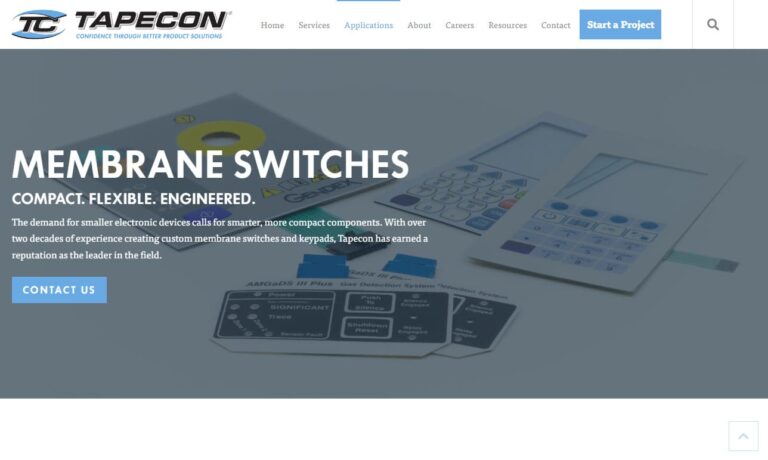
More Membrane Keyboard Manufacturers
Components of Membrane Keyboards
The top layer of a membrane keyboard is typically made from a thin, flexible material, such as polyester or polycarbonate. It is designed to protect the keyboard from spills, dirt, and dust, and to provide a smooth surface for typing. The spacer layer is a thin sheet of rubber or silicone that sits between the top and bottom layers. It is designed to provide cushioning for the keys, which helps to reduce noise and prevent fatigue. The bottom layer is also made from a thin, flexible material, and contains a series of conductive traces that connect the keyboard to the computer.
In addition to these three layers, membrane keyboards also contain small, dome-shaped structures made from silicone or metal. These structures, known as domes, are located beneath each key and serve as the tactile feedback mechanism.
How Do the Components Work Together?
When a key is pressed on a membrane keyboard, it causes the top layer to come into contact with the spacer layer, which then compresses the dome beneath the key. This creates a tactile response and sends a signal to the computer via the conductive traces in the bottom layer. Once the signal is received by the computer, it registers the keystroke and performs the desired action.
Variations in Membrane Keyboards
There are two main variations of membrane keyboards: tactile and non-tactile. Tactile membrane keyboards provide a tactile response when a key is pressed, similar to that of a mechanical keyboard. Non-tactile membrane keyboards do not provide this feedback and are typically quieter and more affordable. Both types of membrane keyboards are popular in a range of applications, including consumer electronics, industrial automation, and medical devices.
Considerations Regarding Membrane Keyboards
One of the primary considerations associated with membrane keyboards is their durability. Because they rely on a flexible membrane and domes, they are more prone to wear and tear than traditional mechanical keyboards. Additionally, the lack of tactile feedback can make typing less comfortable and decrease typing speed.
Benefits of Membrane Keyboards
Despite their drawbacks, membrane keyboards offer a range of benefits that make them a popular choice in many applications. They are typically more affordable than mechanical keyboards and produce less noise, making them ideal for environments where noise is a concern. Additionally, their flat surface and lack of physical switches make them easier to clean and maintain.
Applications of Membrane Keyboards
Membrane keyboards are used in a wide range of applications, many of which are examined below.
Consumer Electronics
Membrane keyboards are widely used in consumer electronics, including laptops, tablets, and smartphones. In these devices, membrane keyboards are used for input methods, such as the touchpad and virtual keyboard. They are also used in remote controls, video game controllers, and other handheld devices. The low profile and ease of cleaning make them ideal for portable devices.
Industrial Automation
Membrane keyboards are used in industrial automation for control panels, programmable logic controllers (PLCs), and other equipment that requires a reliable input method. They are often customized to meet the specific needs of the industry, such as with backlighting, custom legends, and sealing against harsh environments. The low noise and easy maintenance make them ideal for industrial environments.
Medical Devices
Membrane keyboards are used in medical devices for input devices in diagnostic equipment and other medical instruments. They are often customized to meet the specific needs of the industry, such as with backlighting, custom legends, and sealing against harsh environments. The low noise and easy maintenance make them ideal for medical environments.
Gaming
Membrane keyboards are used in gaming keyboards, as they offer a quieter and more affordable alternative to mechanical keyboards. They are also customizable, with backlights and macro keys. However, they may not offer the same level of tactile feedback as mechanical keyboards, which may be a consideration for serious gamers.
Military and Aerospace
Membrane keyboards are used in military and aerospace applications for control panels and other equipment that requires a reliable input method. They are often customized to meet the specific needs of the industry, such as with backlighting, custom legends, and sealing against harsh environments. The low noise and easy maintenance make them ideal for these industries.
Point of Sale (POS)
Membrane keyboards are used in point of sale (POS) systems, such as cash registers and credit card machines. They are easy to clean, which is important in environments where hygiene is a concern. They are also customizable, with programmable keys and custom legends.
Education
Membrane keyboards are used in education, such as in computer labs and classrooms. They are affordable and easy to maintain, which is important in a setting with many users. They are also customizable, with programmable keys and custom legends.
Home and Office
Membrane keyboards are commonly used in home and office settings, as they are affordable and easy to maintain. They are also customizable, with programmable keys and custom legends. They are often found in desktop computers, keyboards, and other input devices.
Choosing the Right Membrane Keyboard Manufacturer
To ensure you have the most productive outcome when purchasing membrane keyboards from a membrane keyboard manufacturer, it is important to compare several companies using our directory of membrane keyboard manufacturers. Each membrane keyboard manufacturer has a business profile page highlighting their areas of experience and capabilities, along with a contact form to directly communicate with the manufacturer for more information or to request a quote. Review each membrane keyboard business website using our patented website previewer to quickly learn what each company specializes in. Then, use our simple RFQ form to contact multiple membrane keyboard companies with the same form.

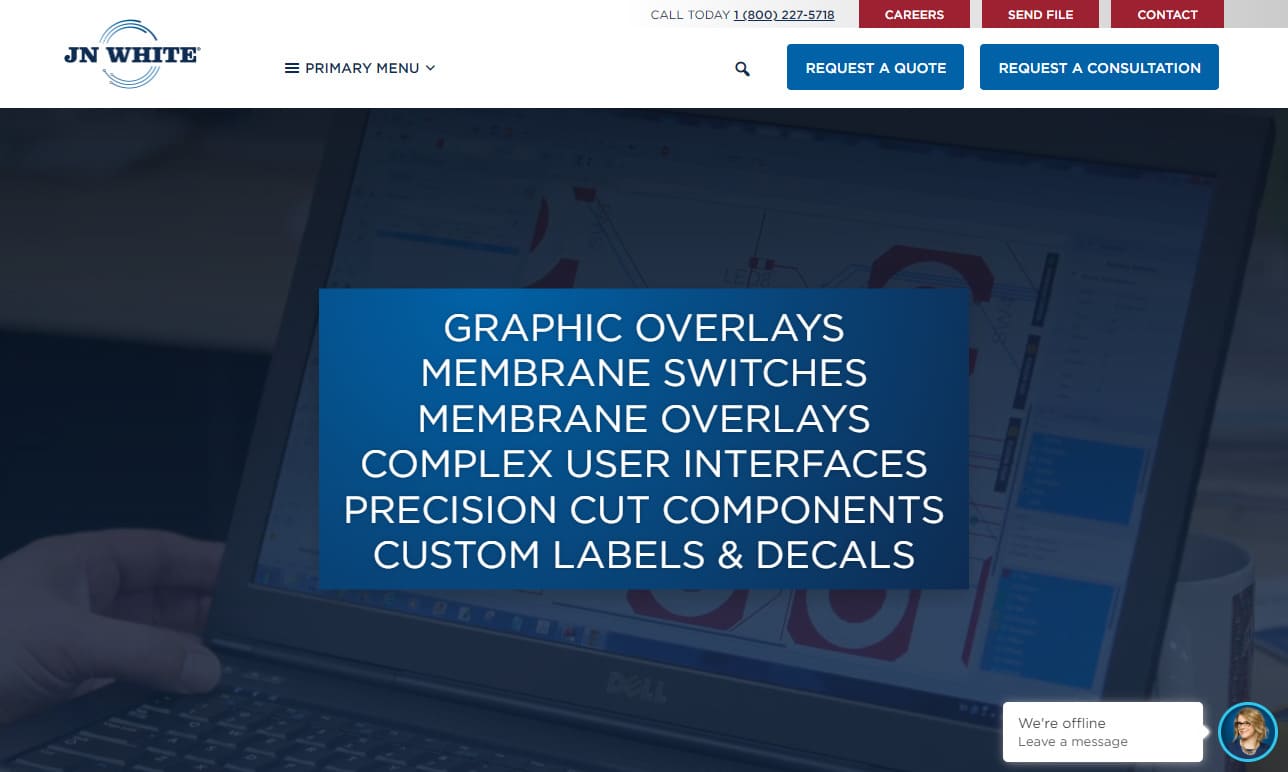
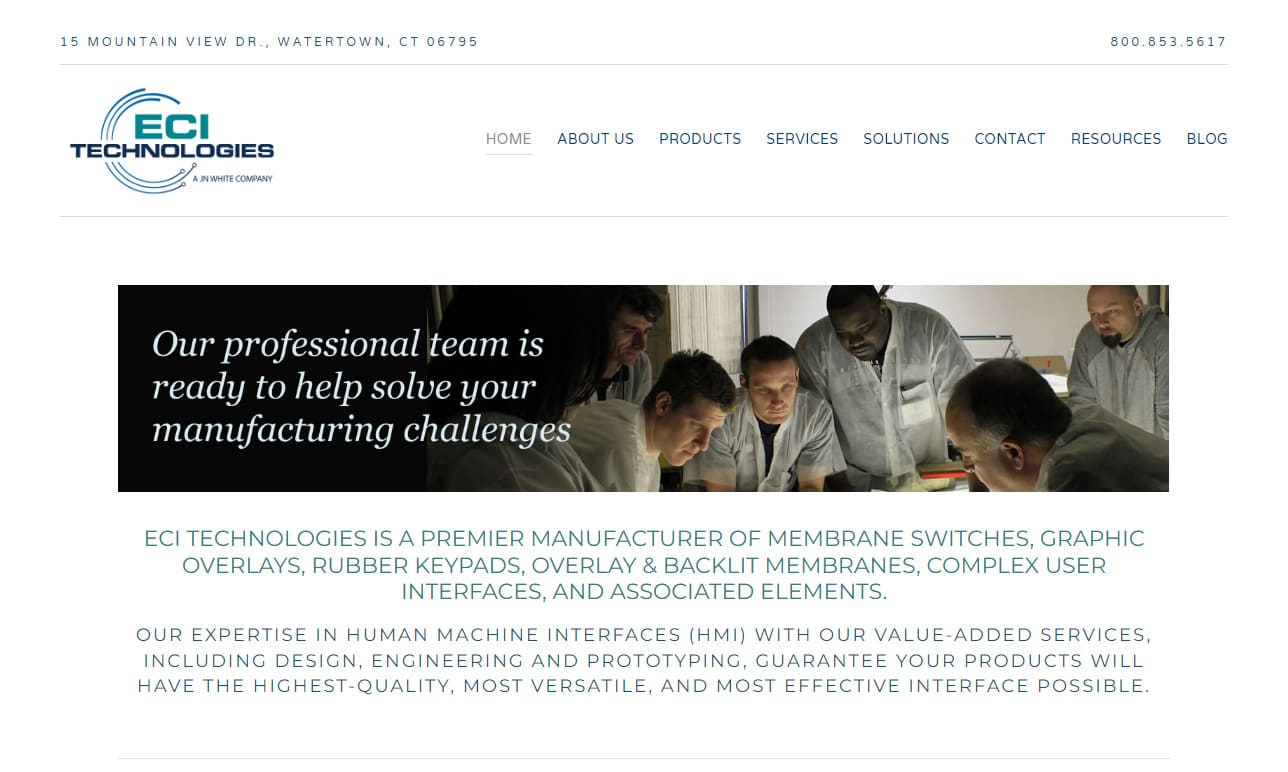
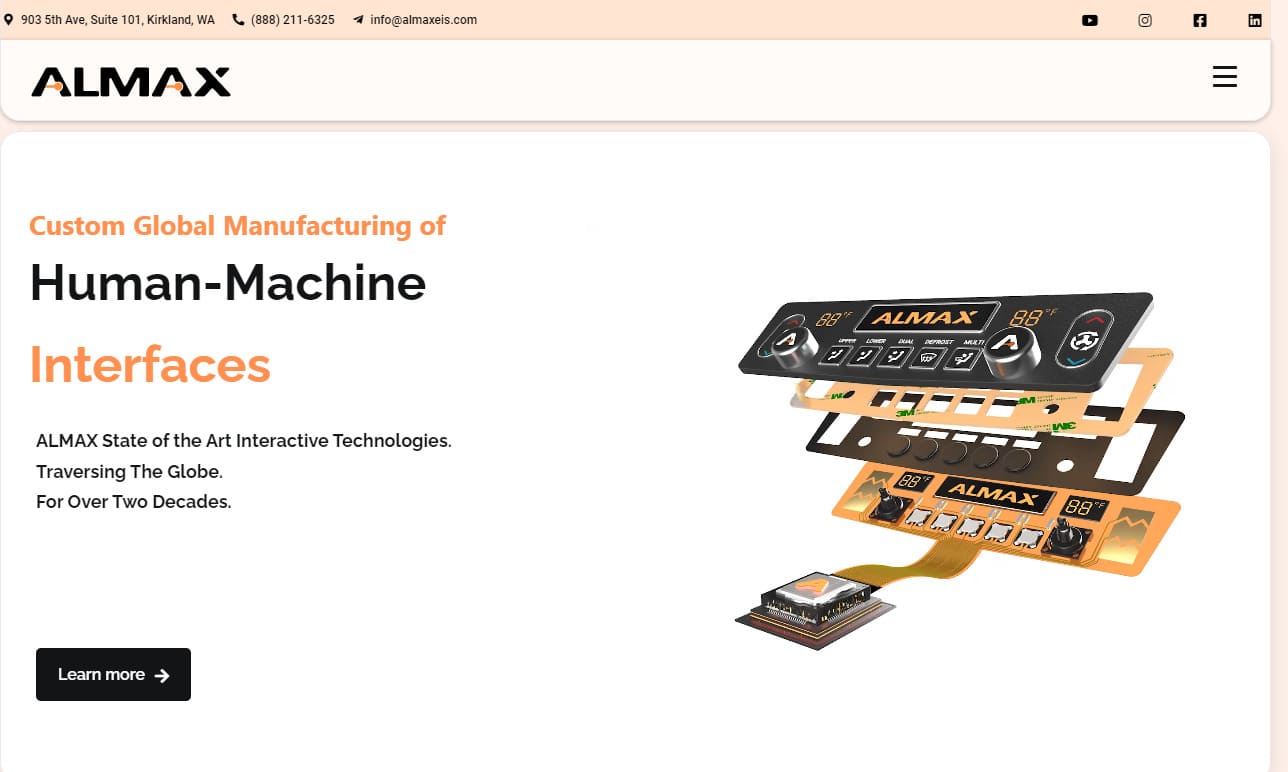
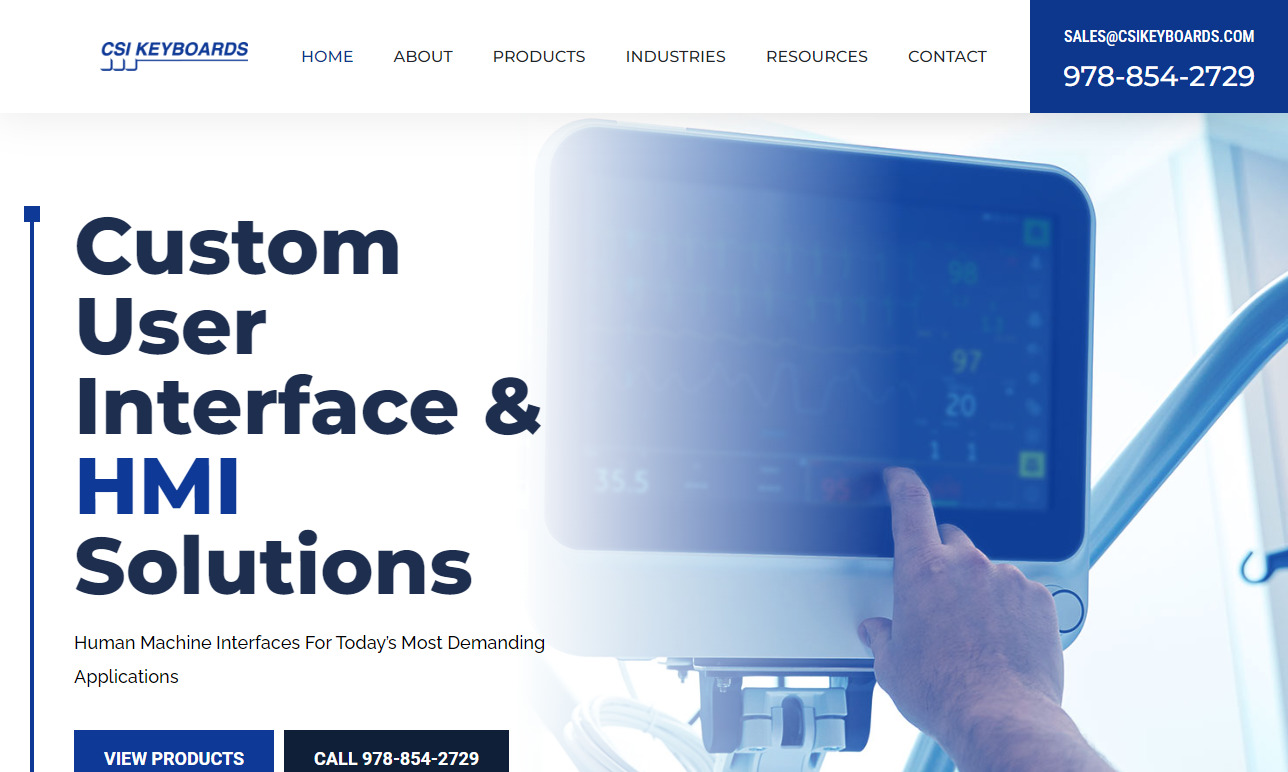


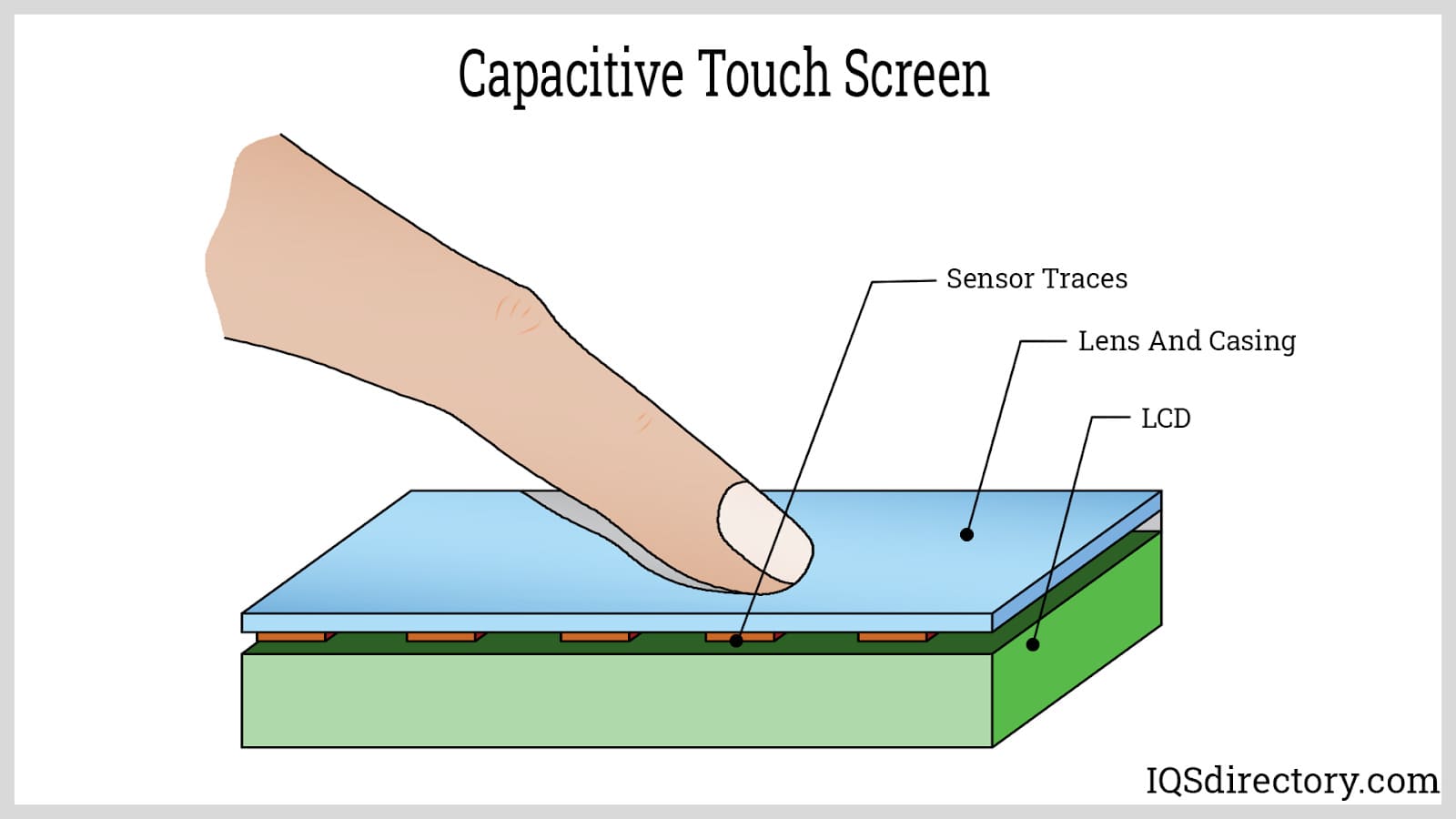
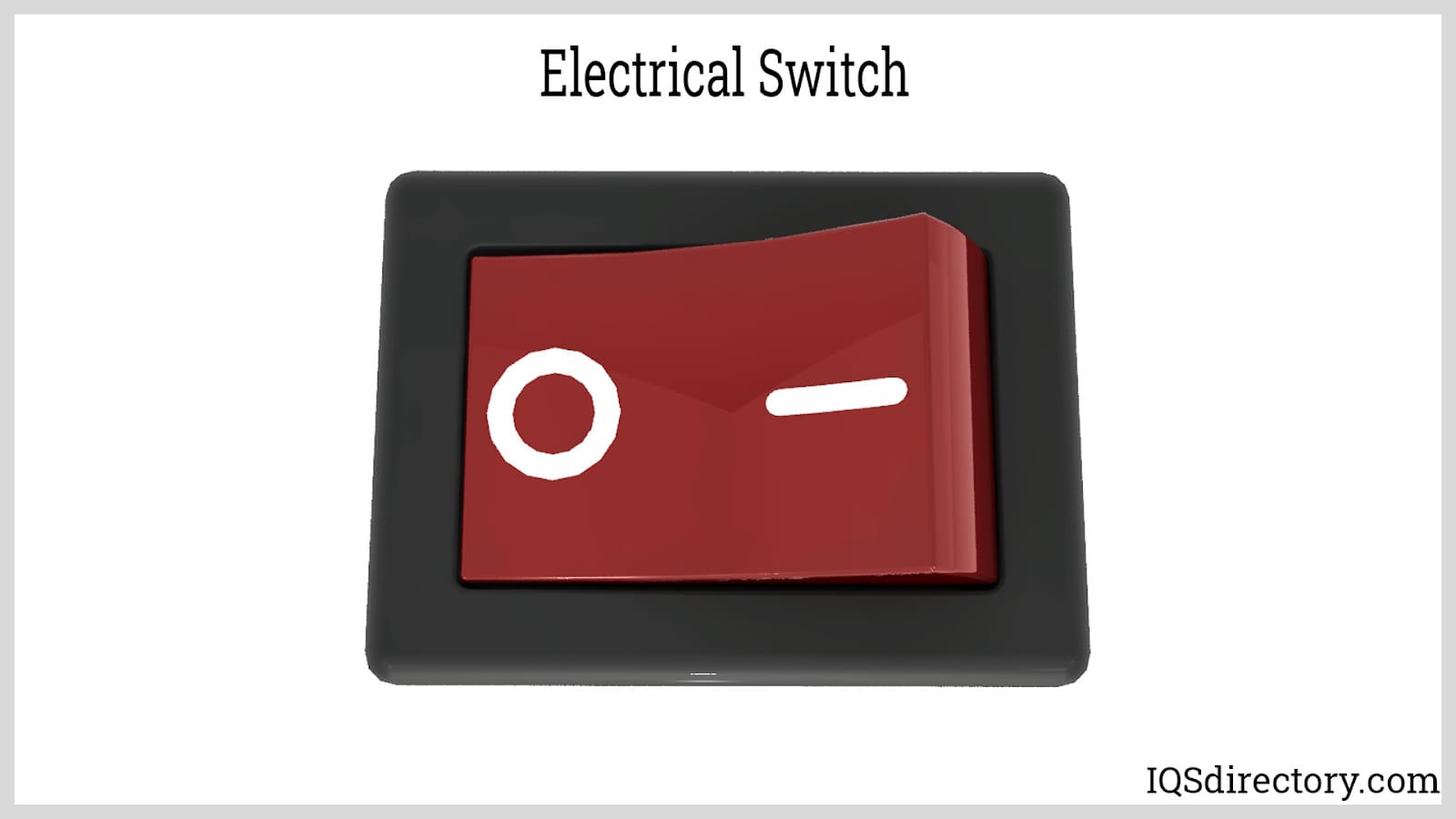
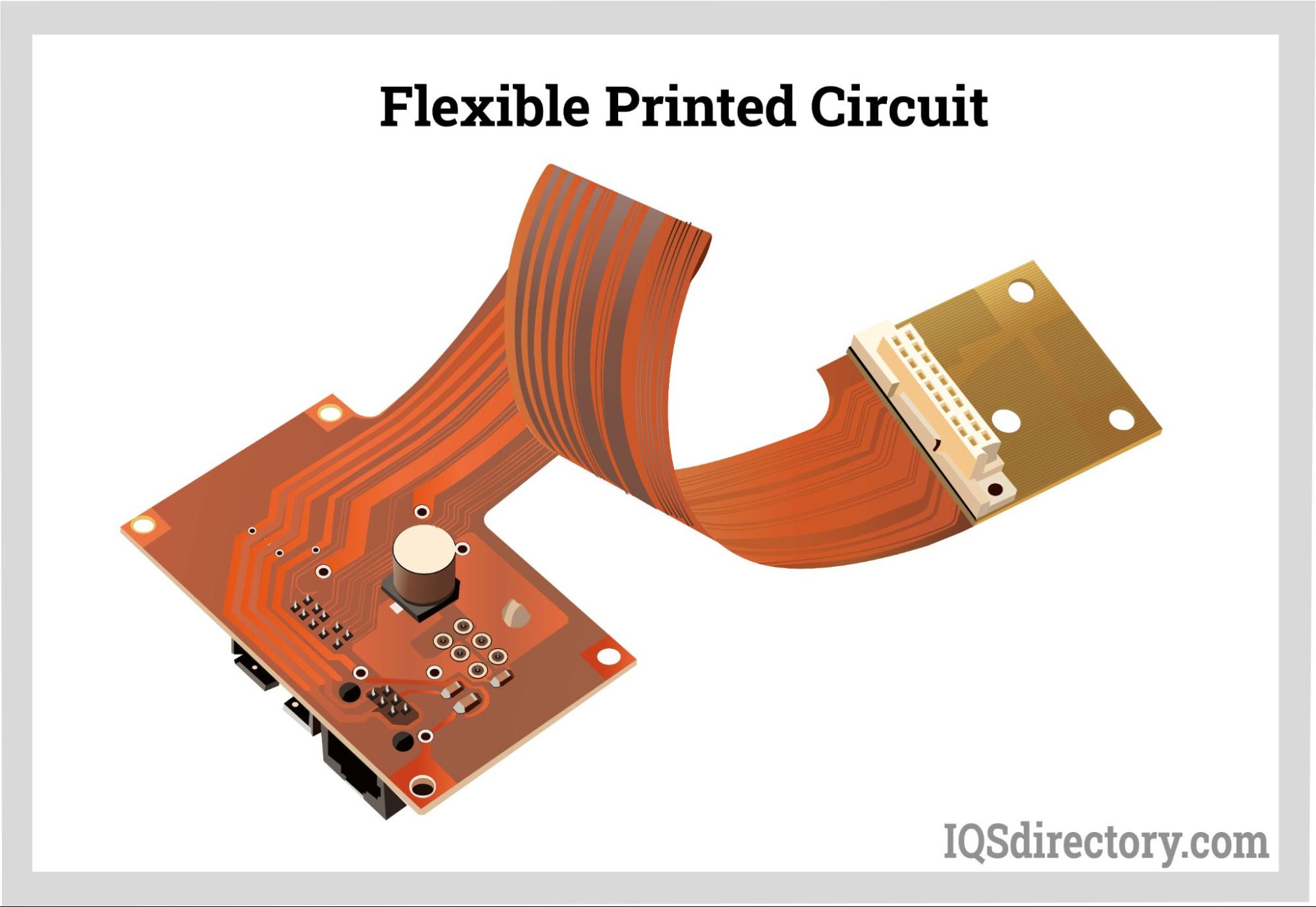
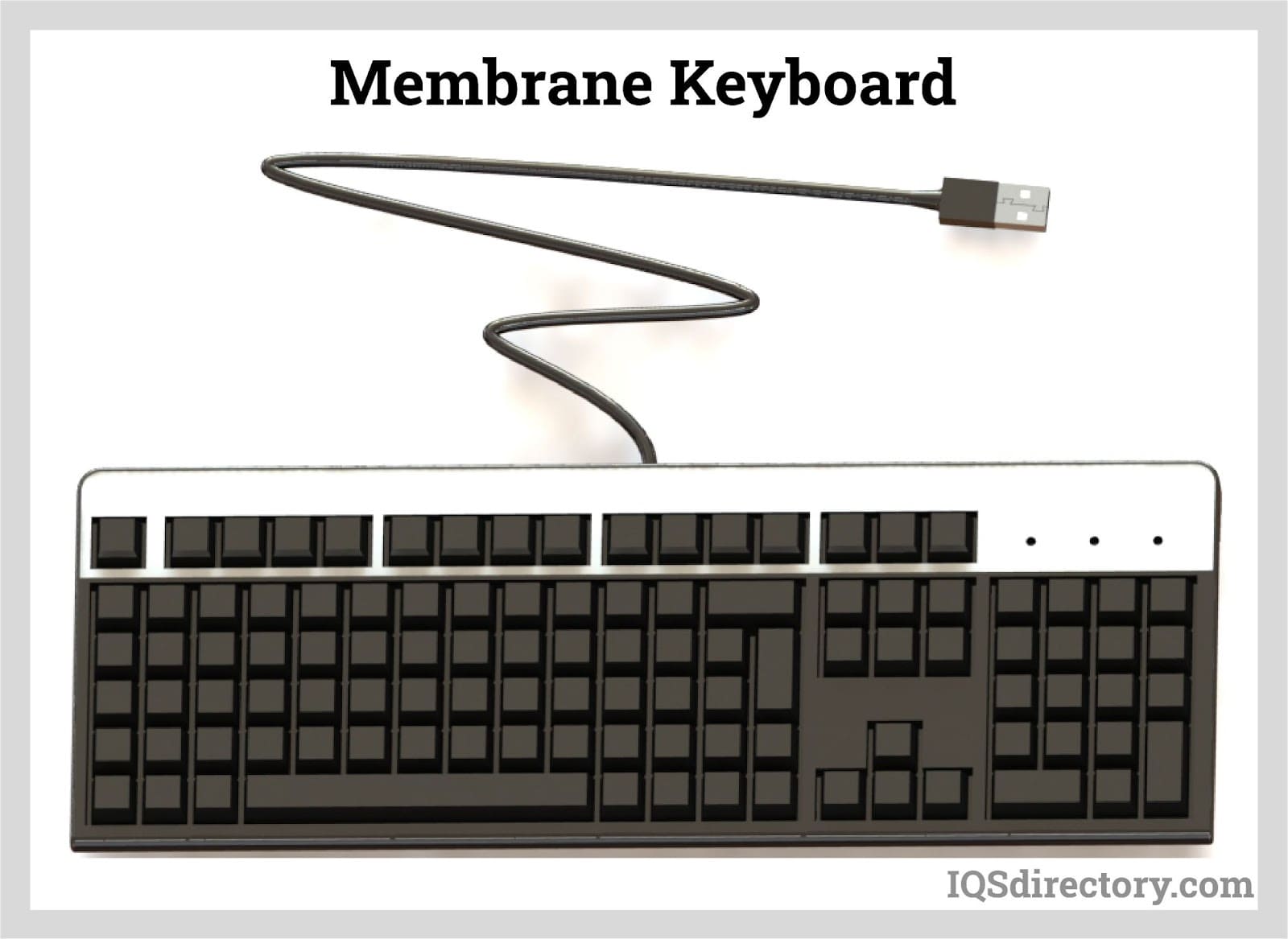
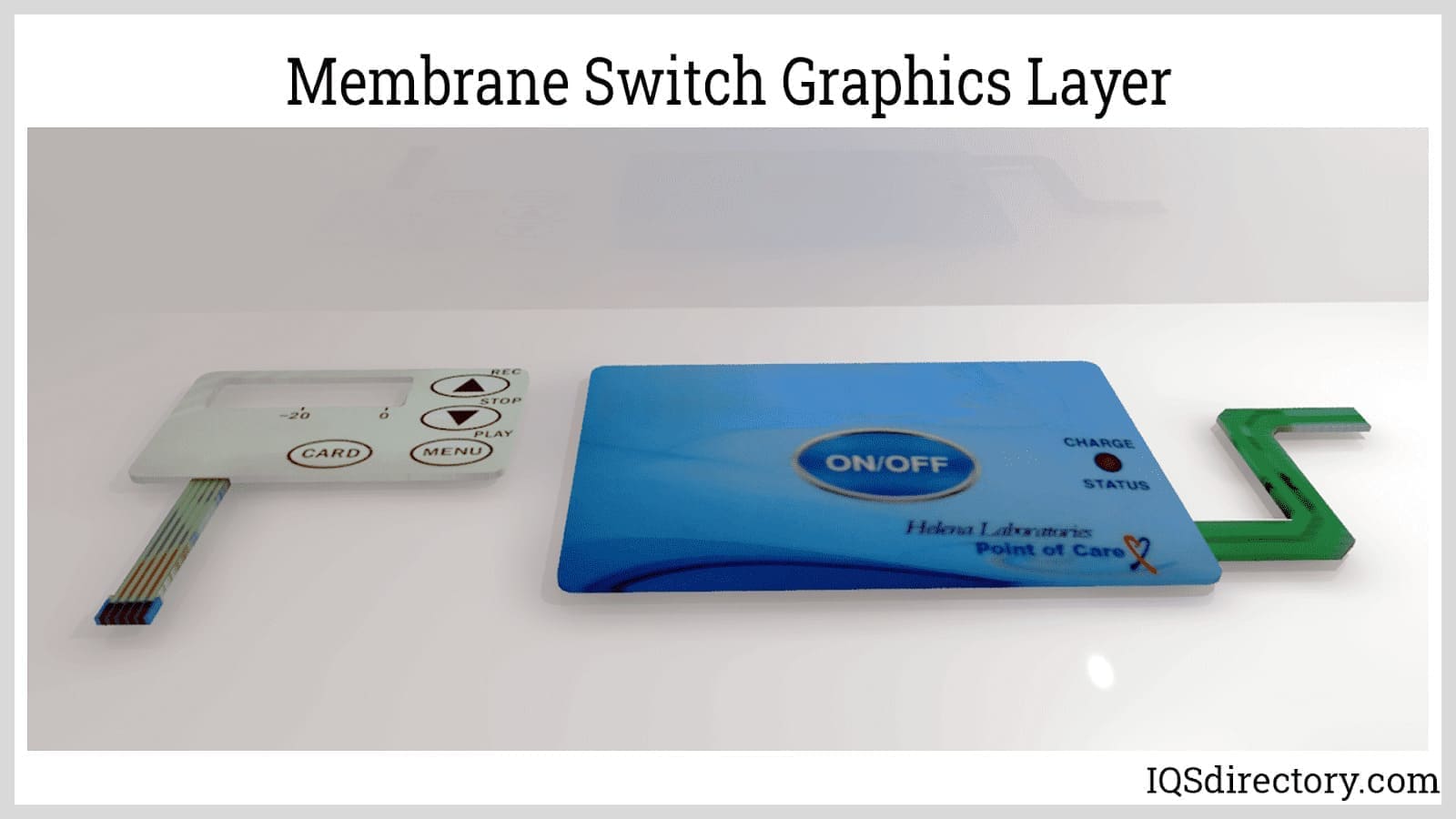
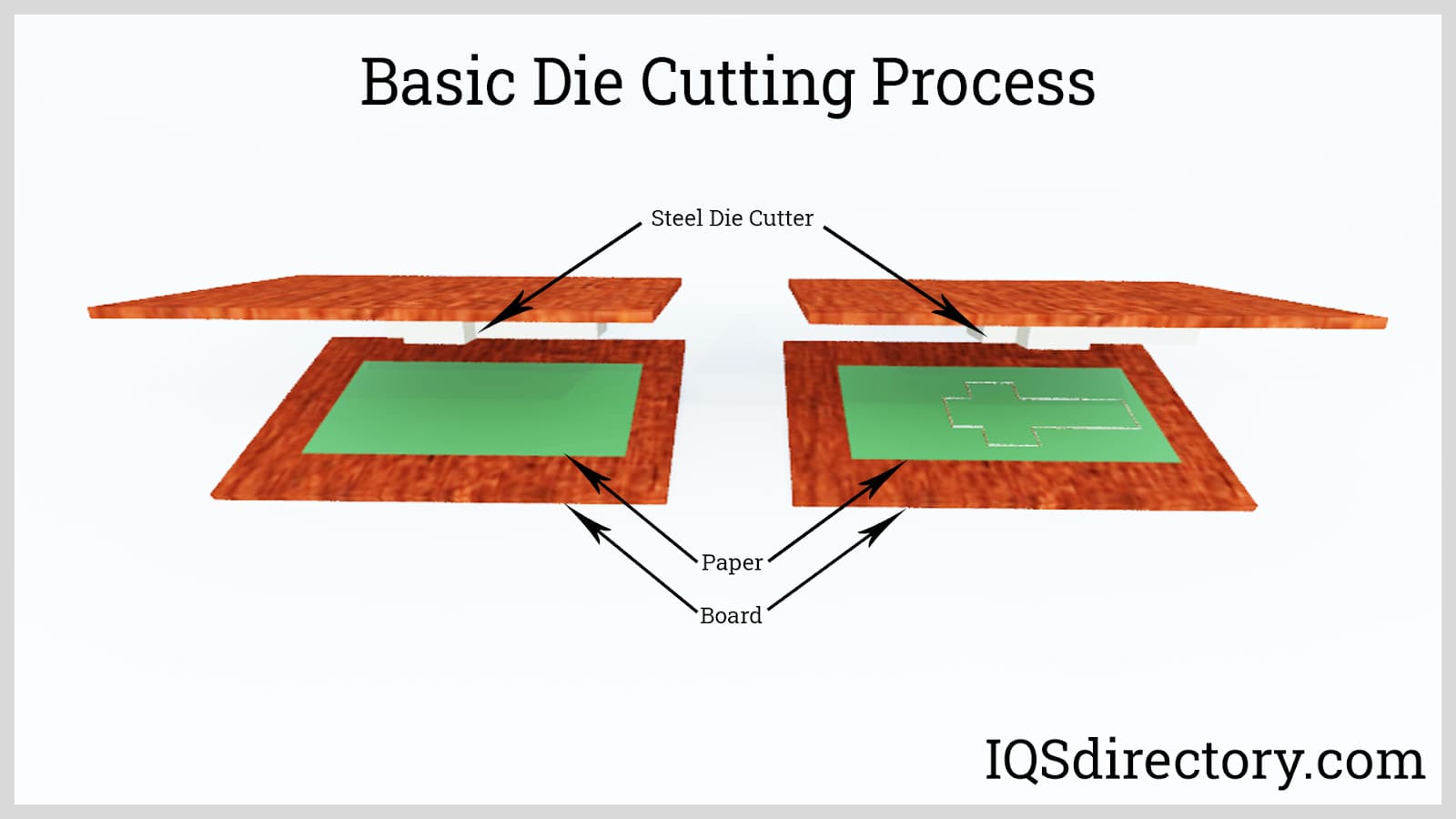
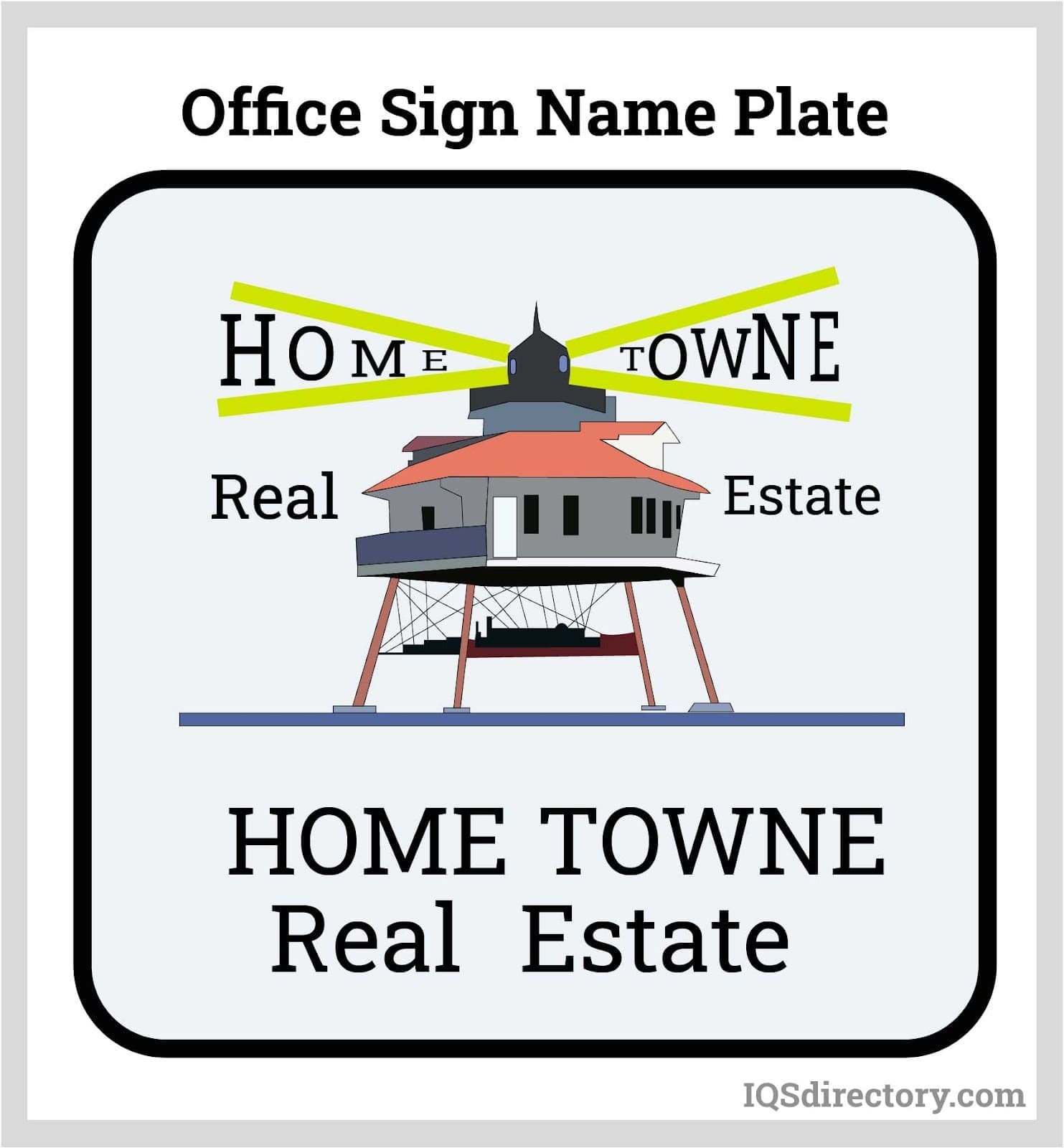
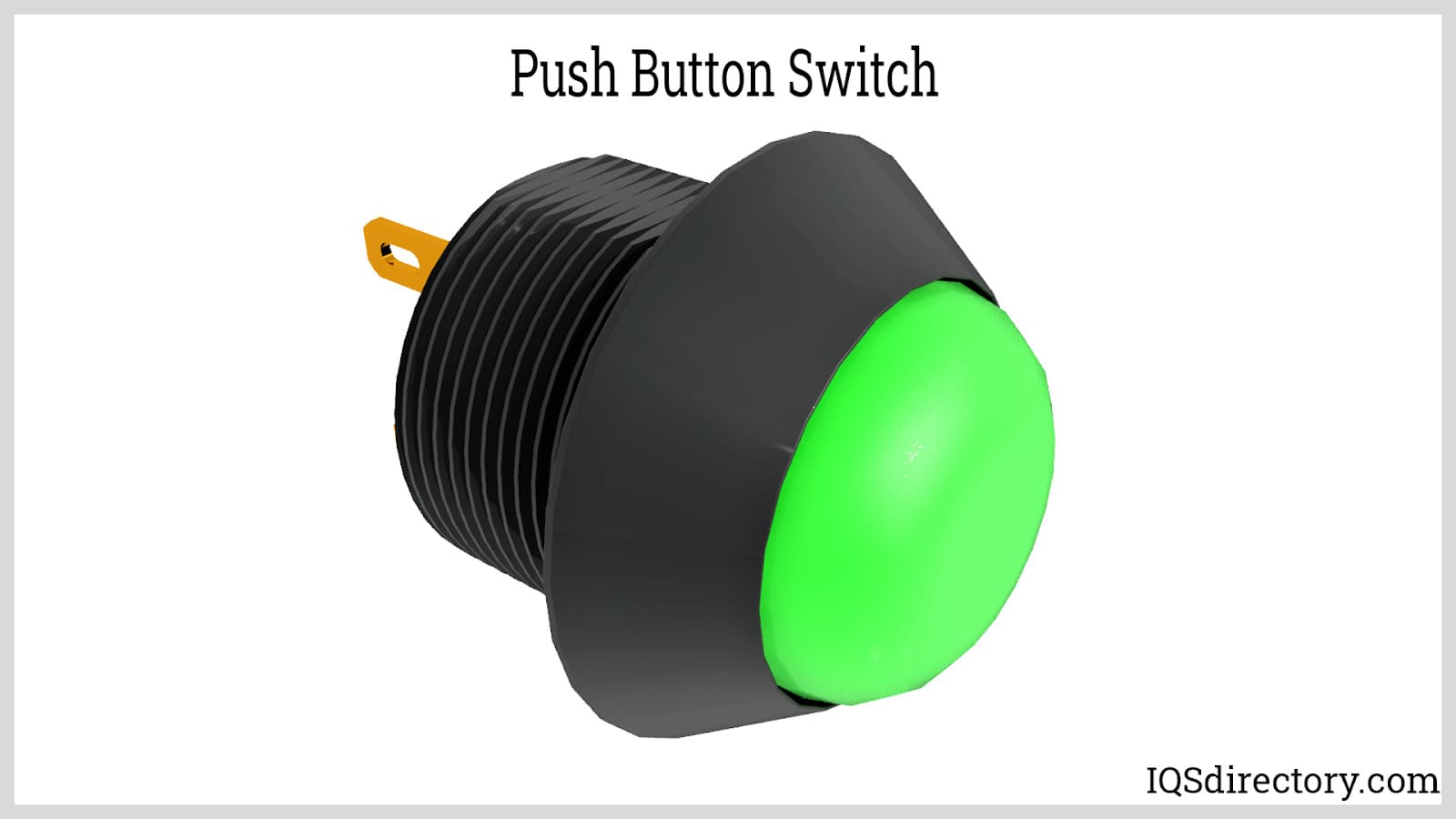
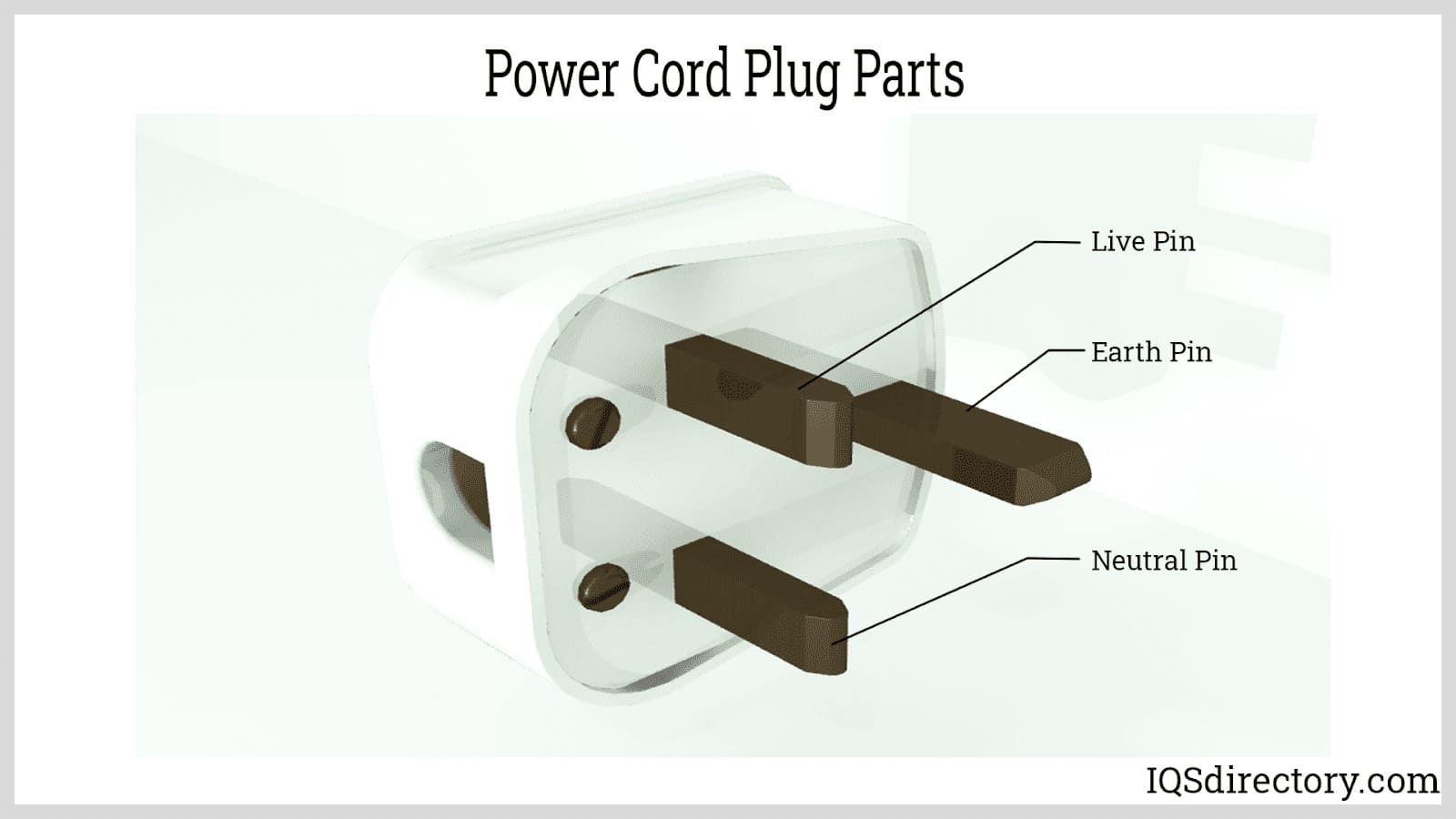
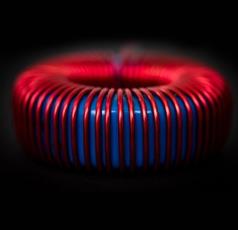 Electric Coils
Electric Coils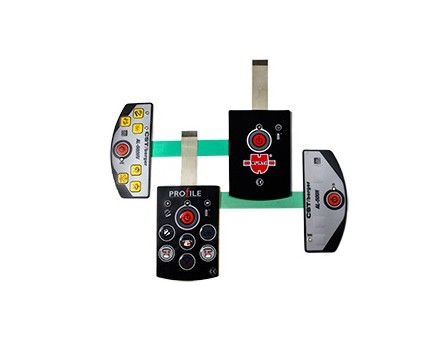 Electric Switches
Electric Switches Electric Transformers
Electric Transformers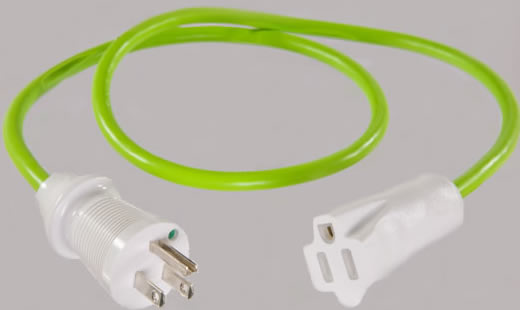 Electronic Connectors
Electronic Connectors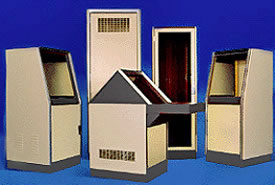 Electronic Enclosures
Electronic Enclosures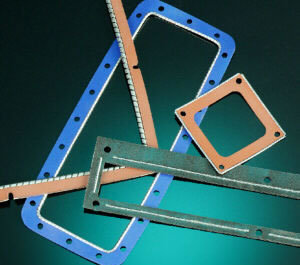 EMI Shielding
EMI Shielding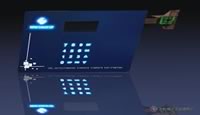 Membrane Switches
Membrane Switches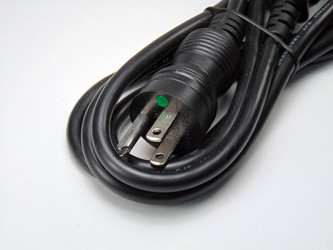 Power Cords
Power Cords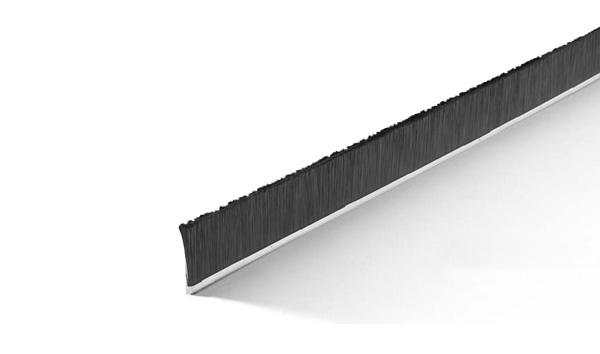 Static Eliminators
Static Eliminators Castings & Forgings
Castings & Forgings Bulk Material Handling
Bulk Material Handling Electrical & Electronic Components
Electrical & Electronic Components Flow Instrumentation
Flow Instrumentation Hardware
Hardware Material Handling Equipment
Material Handling Equipment Metal Cutting Services
Metal Cutting Services Metal Forming Services
Metal Forming Services Metal Suppliers
Metal Suppliers Motion Control Products
Motion Control Products Plant & Facility Equipment
Plant & Facility Equipment Plant & Facility Supplies
Plant & Facility Supplies Plastic Molding Processes
Plastic Molding Processes Pumps & Valves
Pumps & Valves Recycling Equipment
Recycling Equipment Rubber Products & Services
Rubber Products & Services